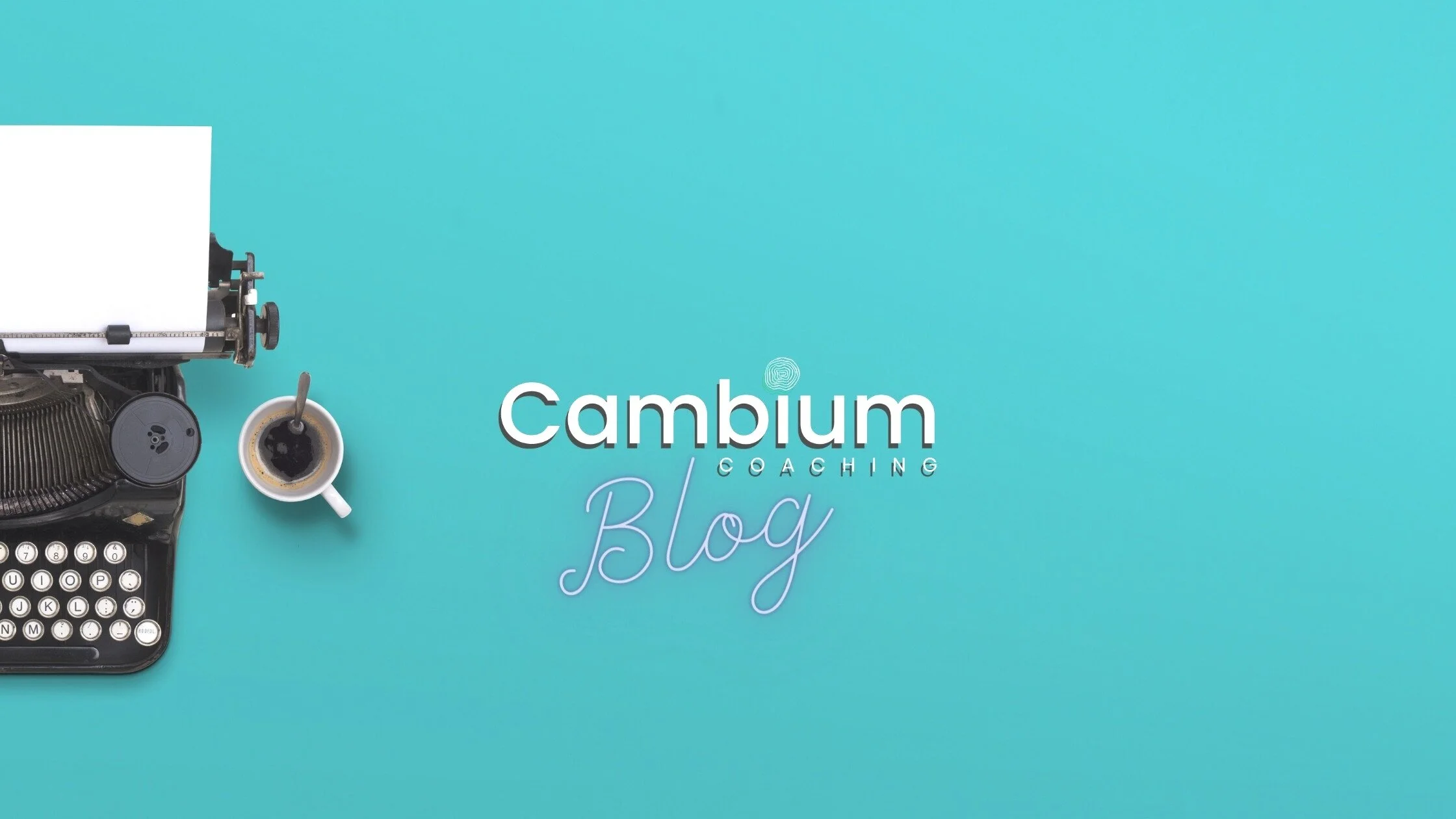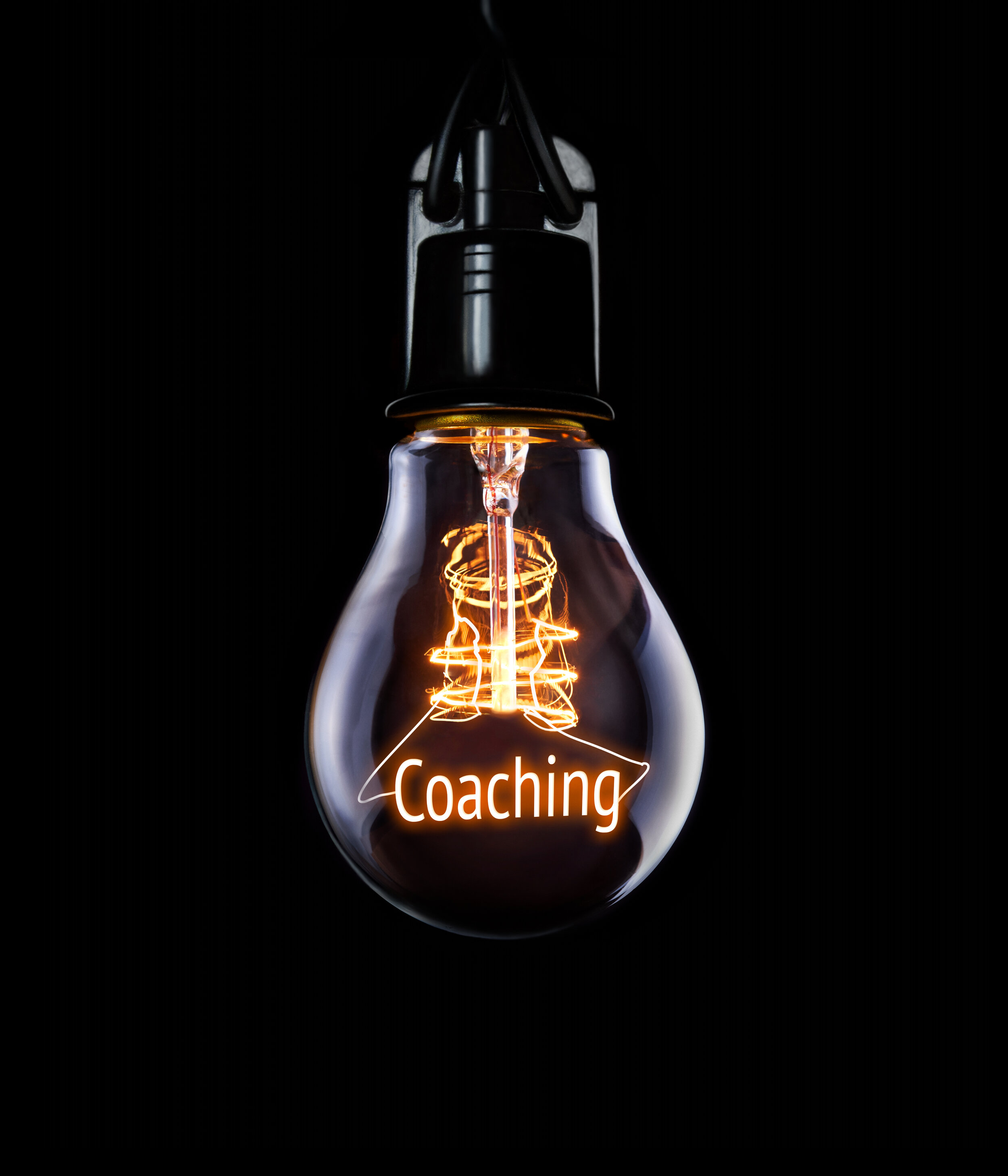“The measure of a man is what he does with power.
—Plato
”
I distinctly remember as a young girl, all the powers I wished I had. I imagined having the power to get all my chores done by wiggling my nose just like Samantha from Bewitched, or being half of the Wonder Twins and saving others by activating my wonder twins power. And of course, growing up in the ’70s and 80’s meant having a healthy obsession with Star Wars and the ever-powerful Jedi. During childhood, power represented the heroical, of taking on any challenge, and overcoming adversity. It was all about the power to do something challenging or accomplish something significant.
Fast forward many decades, and after holding elected office as a cabinet minister for two terms, power took on new meaning for me. Being around politics shaped my perception of power, and it became more synonymous with control, coercion, and dominance than heroics. It was one of the reasons I chose to walk away from politics altogether.
The word power may be one of the most misunderstood and misjudged terms we’ve ever known. The word can be equally uplifting or off-putting, the difference which relies heavily on the actions and context surrounding it. After reading Gilbert Fairholm’s book Organizational Power Politics (2009), I began to re-examine the concept of power and began to see why it is crucial to discuss power in the context of leadership more openly and honestly. The reality is that we all use power in various ways, both personally and professionally and simply put is a natural result of being part of a group. Being an effective leader requires an understanding of power, recognizing how you use it, and knowing how and when to pass it on to others.
Photo by ronstik/iStock / Getty Images
Fairholm defines power as “a personal tool that leaders, and followers, use in interpersonal relationships”. He further argues that power is ethically neutral and that both negative and positive applications of power exist and are wholly dependent upon the motives and values of the person using the power. Plato’s quote, “the measure of a man is what he does with power” speaks to this idea.
In essence, it is not having power that poses a problem, but how and why it is being used can have adverse effects on people and organizations. Power can be used to accomplish “good” or be used for selfish and destructive purposes. We have seen the most insidious example of the dangerous effects associated with the abuse of power unfold before our eyes over the last few days in Washington, D.C. This display of unethical and immoral leadership by Donald Trump and his allies contributes to the bad rap that power has garnered, exemplifying what power over seeks to accomplish throughout history.
Being an effective leader requires an understanding of power, recognizing how you use it, and knowing how and when to pass it on to others.
You’ve undoubtedly experienced a leader that has used power to accomplish their goals. A boss that threatens to fire someone if they fail to comply with their demands is thought to be on a power trip. However, a leader who relies on their expertise and knowledge to influence others, or uses their power to empower others, may be referred to as a powerhouse. Power exists on a broad and complex spectrum.
So why is it essential for leaders to gain a deeper understanding of this subject? Firstly, because being an effective leader requires an honest account of what motivates and drives us, and ultimately how that translates into actions. Power can undoubtedly serve as both a driver and a tool for leaders, but it can also get in the way of being an effective leader. Understanding your relationship with power will contribute to deeper self-awareness, a critical success factor for leaders.
‘Fearless Girl’ Photo by Hyunwon Jang on Unsplash
Secondly, leaders should be aware of how others use power and how it is being used within their organization. Only by intentionally examining power dynamics can we determine whether power is being underused, overused, or simply misused and creating a toxic work environment.
Familiarizing yourself with power and its implications begins by identifying what gives people power and how it can be used. Many scholars have studied and theorized on this subject, and there is a tremendous amount of literature available. Among the most notable is the work done by social psychologists John French and Bertram Raven, who pioneered the study of power in the workplace. Their 1959 research theorized six bases of power:
Coercive – this form of power is used when punitive measures are taken to force compliance. Manipulation is also often used to draw power.
Legitimate – a power based on authority and formally appointed positions that are perceived to have the right to make demands.
Reward – this type of power is used when some kind of incentive or reward can be given to compensate those that comply with demands/requests.
Expert – this power stems from a person’s high levels of skill, knowledge and experience that are valued and sought after.
Referent – the most effective form of power. This stems from the admiration, respect, and trust that a leader holds. With referent power, a leader has influence not for what they can give or withhold, but simply because others identify and align with them.
Informational – power derived from a person’s ability to control information that others require to achieve a goal.
This is by no means an exhaustive list of all the forms of power that exist. Power can be associated with social affiliations, friendships, level of education, words spoken, just to name a few. Numerous other theories have emerged since French and Raven’s seminal work, including how power is harnessed and what tactics are used to apply power.
“Leadership is the wise use of power. Power is the capacity to translate intention into reality and sustain it.”
- Warren Bennis
With awareness comes the ability to make intentional choices. It can be beneficial for anyone, regardless of title or rank in an organization, to deepen their knowledge and reflect on their relationship with power. How is it being used? When is it being used? What is needed to build referent power? Are you relying on one form of power to achieve goals? How do you best pass on your power to (empower) others?
As the scholar, Warren Bennis once said, “Leadership is the wise use of power. Power is the capacity to translate intention into reality and sustain it.” I may have given up my childhood dream of having (super)powers long ago. But I’ve since realized that choosing to use power wisely, to build trust and positively influence others to achieve individual and collective goals requires no wiggle of the nose.










